Cafe Du Monde Beignets; light and fluffy sugar-dusted fried dough squares, just like you get in New Orleans!
Beignets.
Whether you first saw these little beauties in Chef or The Princess and the Frog, or just re-runs on the Food Network, I’m sure they captivated you too.
A golden crispy exterior. A fluffy white cloud interior. A heavy snow of icing sugar. Beignets are so simple and so classic but oh so satisfying.
TO WATCH A VIDEO VERSION OF THIS RECIPE, CLICK HERE.
Cafe Du Monde Beignets are perhaps the most famous beignets in the world (I guess the title makes sense!). This cafe in New Orleans supposedly sees massive queues at its doors on a regular basis, with locals and visitors eager to get their teeth into these fluffy golden wonders.
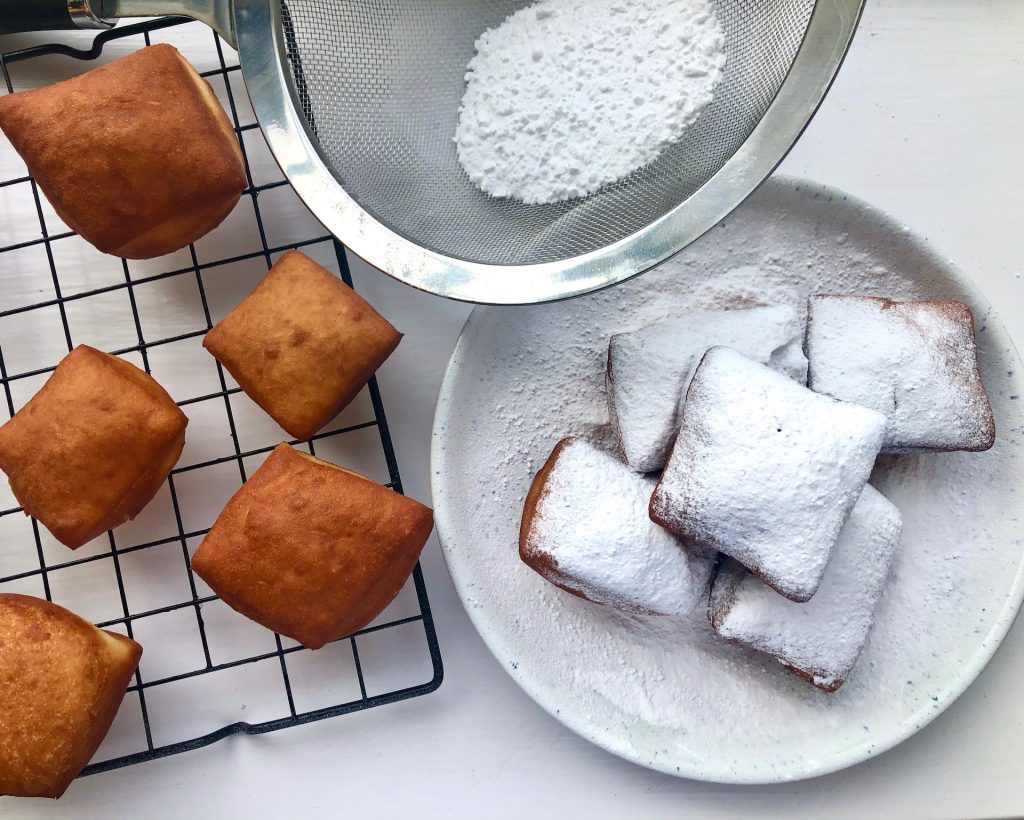
Now, as with the recreation of the Milk Bar Crack Pie and the Levain Bakery Cookies, I have an admission to make. I have never been to Cafe Du Monde, I have never been to New Orleans, I have never even been to the United States of America. However, I’m a complete nerd when it comes to all things sweet, so these have long been on my cooking bucket list.
I started, as with my other recipe recreations, with a little background research. The origins of the item, the flavour, and just what it is that makes them so bloody popular. Interestingly, the Cafe Du Monde Beignets appear to be a bit of a bastardisation of a classic French product made from deep-fried choux pastry. With a French name and a long history of French settlement in Southern America, it makes sense.
The Cafe Du Monde Beignets appear to be closer to doughnuts. A desirable chewiness and lightness, made from a hand-kneaded yeast dough. It may all sound a bit fiddly, but I promise you it isn’t. While we don’t all have a deep fryer in the kitchen anymore (weep) and we aren’t all bread-making wizards, this recipe is only difficult in its waiting time.
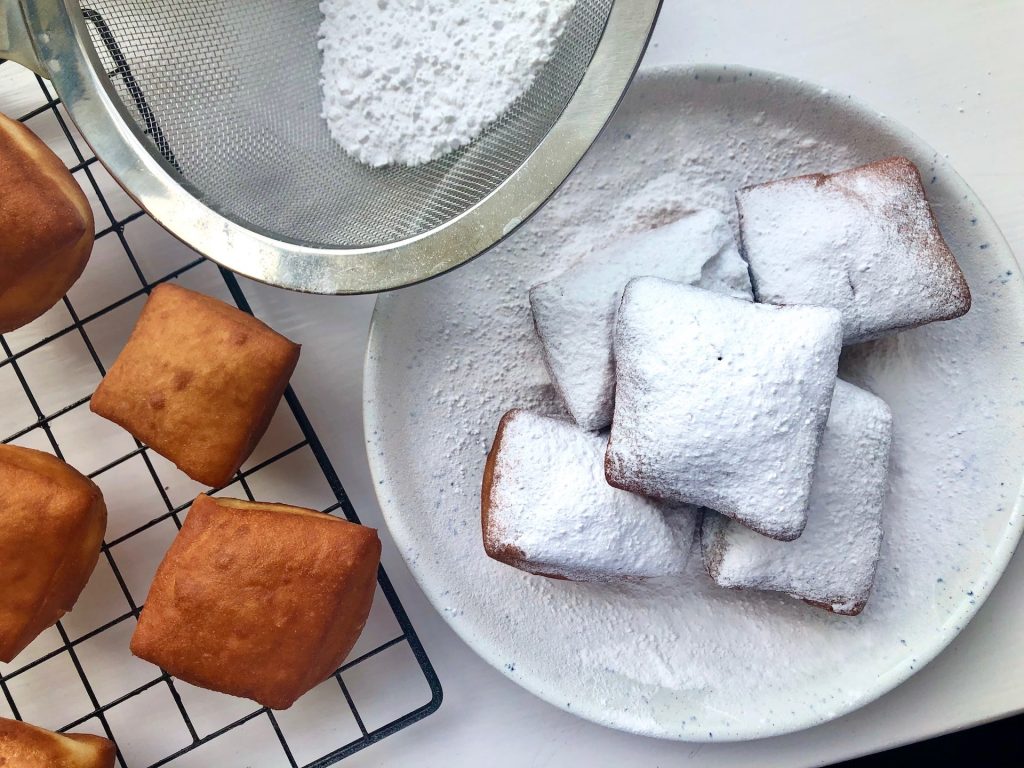
If I can make these without burning myself or stinking out my little flat with the heady scent of hot cooking oil, I’m sure you can too!
Trust me, the time and effort is worth it.
One day I hope to make my way across the pond to try these world-famous fried dough pieces, but for now, homemade Cafe Du Monde Beignets are just fine by me.
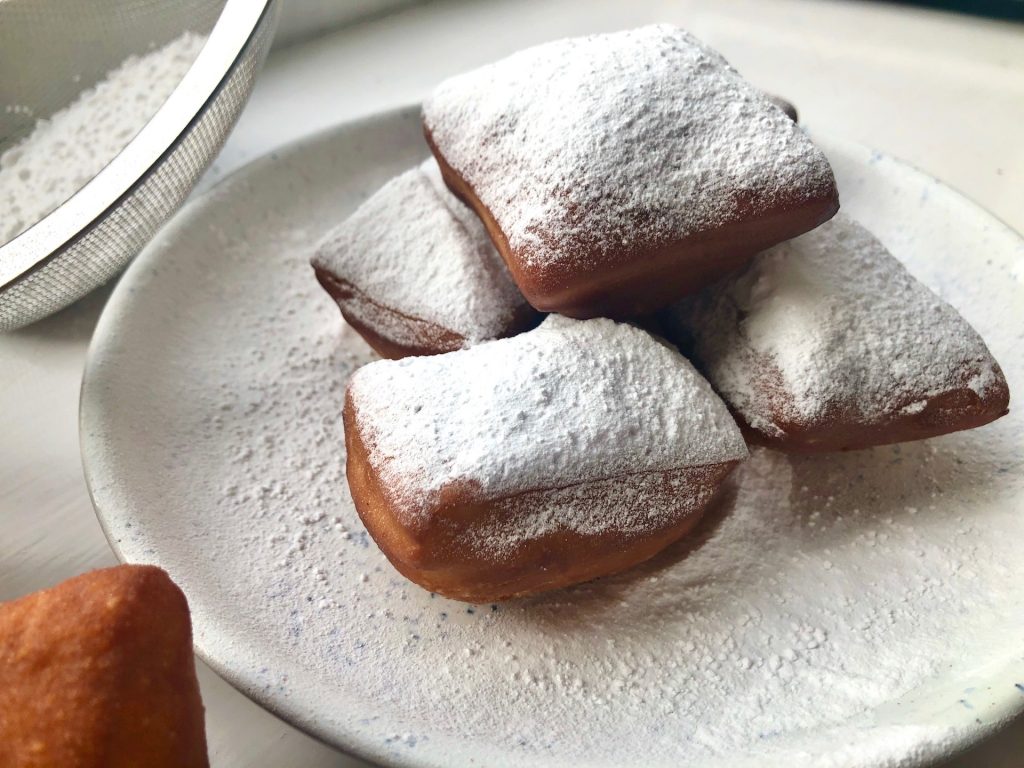
To make these Cafe Du Monde Beignets, simply follow the recipe below. Or follow the recipe video here.
Cafe Du Monde Beignets
Notes
BE A MAVERICK: why not try serving these beignets with maple syrup, honey, or salted caramel instead of the icing sugar?
These Cafe Du Monde Beignets are best eaten fresh and on the day they are made. However, they will keep for up to 2 days in an airtight container.
Ingredients
- 180ml (¾ cup) warm water
- 7g sachet of fast action dried yeast
- 70g (⅓ cup) caster sugar
- 125ml (½ cup) full-fat milk
- 1 large egg
- 500g (3 ½ cups) plain flour
- Pinch of salt
- 2 tbsp butter, melted
- Sunflower or vegetable oil for frying
- Icing sugar for dusting
Instructions
- Dissolve the yeast in the warm water. Allow to steep for 15 minutes and it will become foamy. This is a typically American method, but it’s an American product after all!
- Whisk in the sugar, milk and egg.
- Add the flour, salt and butter and mix with a wooden spoon until you have a malleable dough.
- Turn the dough out onto a floured work surface and knead vigorously for 10 minutes or until smooth and elastic.
- Place the dough in an oiled bowl covered with a clean tea towel in a warm part of your home for 1 hour to rest. The dough should grow in size.
- Tip your rested dough out onto your floured surface.
- Use a rolling pin to roll it out until it is between 1-2cm thick.
- Use a pizza slicer or knife to cut the dough into 6cm square pieces.
- Allow the dough squares to rest for a further hour. They will grow slightly in size again.
- In a medium saucepan, heat 500-750ml of your frying oil until it reaches 185 degrees Celsius (370 degrees Fahrenheit).
- Fry 2-3 squares at a time in the hot oil. They should take no more than 30-60 seconds per side in the hot oil, flipping them with chopsticks or tongs. Aim for a rich golden brown on both sides!
- Use a slotted spoon to very carefully remove the cooked beignets from the hot oil.
- Let them drain on a cooling rack or a paper towel-lined plate for 2 minutes or until cool enough to handle.
- Serve 3-4 beignets on a plate with a heavy snow of icing sugar on top.
- Enjoy!
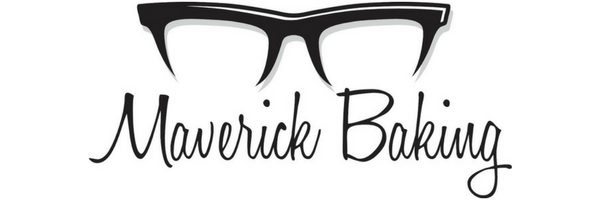
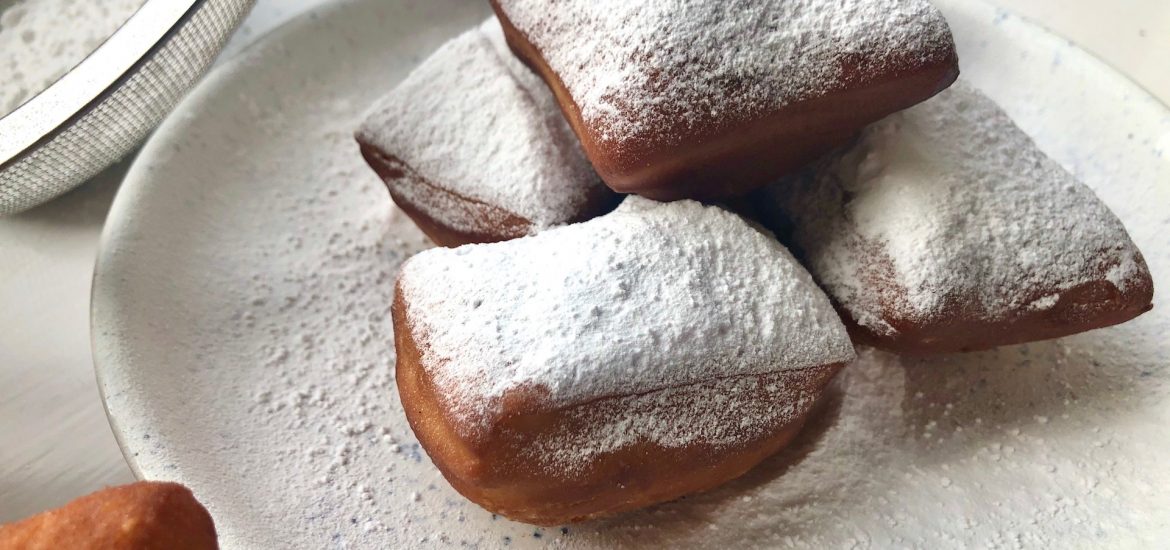

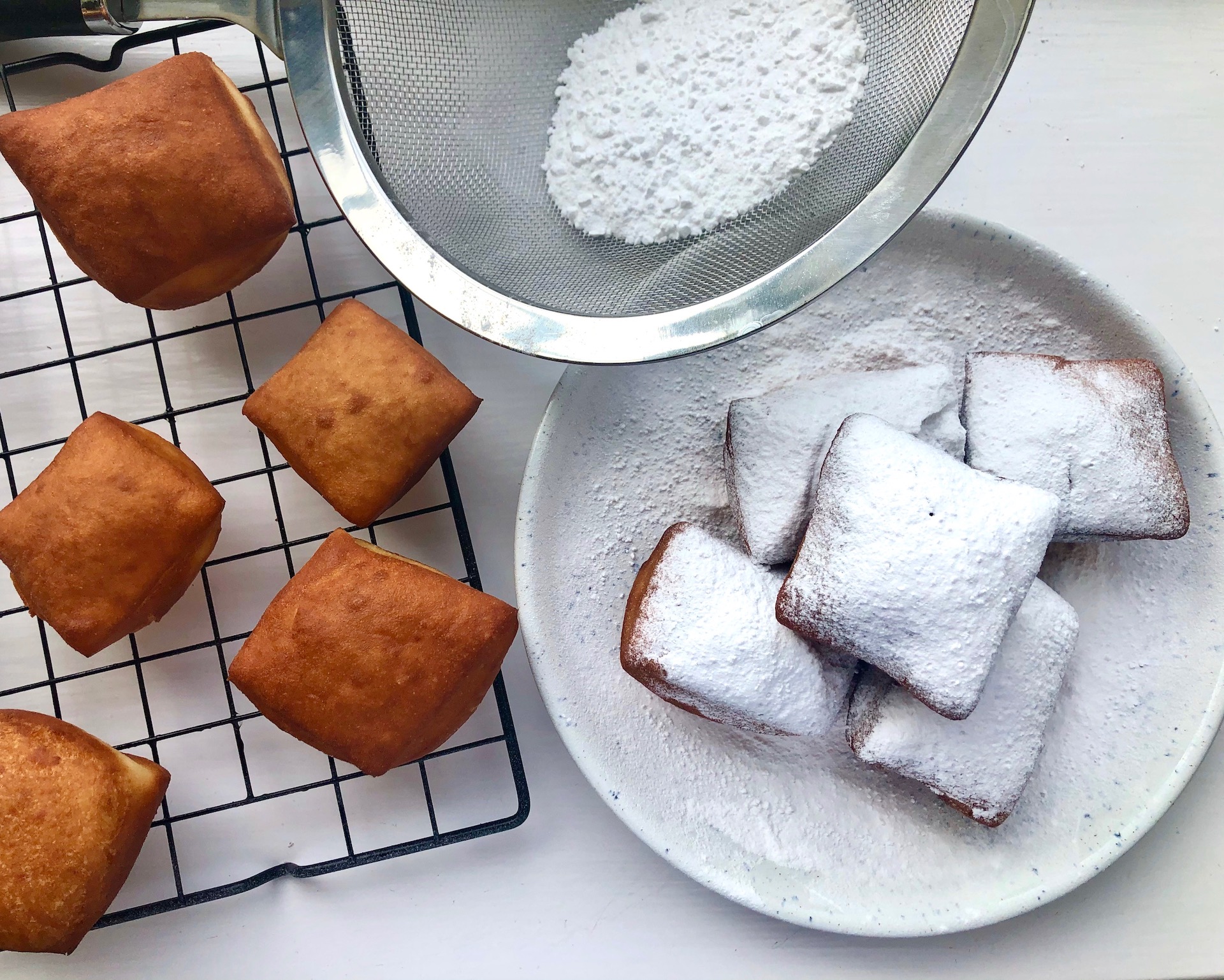
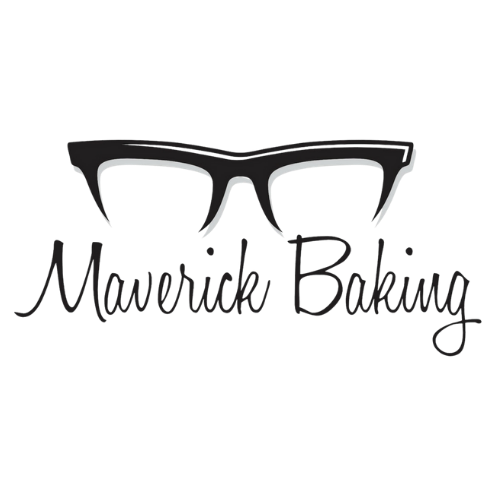
👍🙂
I just saw your Cafe du Monde Beignet video for the first time. Nicely done!
A few years ago we drove to New Orleans (easier to do from Texas than from Scotland). We stopped at a number of places along the way and had many beignets. Sadly, the ones at Cafe du Monde were a big disappointment. Part of the issue was the crowd. It takes an act of mercy from a kind god to get in there. The waiters are condescending, and it is really packed. Once delivered.. well… were we biased by the circus environment, or were they really not that good? Either way, I’m very sure yours were better. The ones at one of Cafe du Monde’s locations in a shopping mall were better than the ones in their big main location. Other folks have corroborated that impression.
And now some yeast trivia. You commented you weren’t sure why Americans mixed the yeast with liquids while it was more common to mix it with dry ingredients where you are. So, buckle up, this could be a long ride. The names used below are correct and commonly used in the USA, but may not be what you are used to. In fact, some of the names may be the same as you are used to but describe a different product. As Shaw said,”“England and America are two countries separated by the same language!” Anyway…..
Yeast is grown in LARGE vats, usually fed molasses. Once it is ready some of it is pumped into railroad tank cars and sent to large bakeries. (Think Chorleywood.) Some of the remaining yeast is dried a bit until it is fairly firm. It is packaged into pound containers as fresh, or compressed, yeast. This has become fairly rare in the states, but a friend on your side of the pond told me the bakers at Tesco give it away to customers if asked nicely. Fresh yeast is somewhat perishable and must be used quickly. This was an issue during WWII. Fresh bread was considered a weapon of war – it made our troops feel better and theirs feel jealous. So, bread was baked near the front. Getting good yeast was not always easy.
The Department of Defense sponsored research that led to a dry form of yeast which is still in common use – active dry yeast. Due to the way it is dried, each cell of active dry yeast is surrounded by a layer of dead yeast. Before the yeast can be activated, the dead yeast need to be dissolved off the live cells. Also, the original active dry yeast, circa 1940, wasn’t completely reliable so a wise baker “prooved” the yeast. That is, mixed it with sugar or flour and warm water (100F to 105F – 38 to 40C) to make sure it would work. Better to waste a little yeast than a batch of bread. Another consideration, prooving the yeast gives the yeast a bit of a head start so the bread will rise faster. And, some say, taste better. This is the basis for making a sponge. As well as a poolish or biga. By the 1970’s when I learned to bake, many bakers stopped prooving the yeast as it seemed to be quite reliable. Other bakers pointed out that dough made that way took longer to rise and didn’t taste as good. This is an ongoing argument.
However, prooving the yeast was widely seen as a waste of time, so the yeast companies went back to the labs and came up with another way to dry the yeast. They developed a gentler drying technology that resulted in instant dry yeast. This resulted in naked live yeast with no layer of dead yeast that needed to be dissolved. Instant yeast is ready to go to work (dare I say it) instantly! (YES! I dare!) A consequence of the whole naked yeast thing is that instant yeast is much more fragile than active dry yeast. If you proove it at the temperatures used for active dry yeast, you risk killing instant dry yeast. Similarly, water temperatures below 40F or 4.5C will also kill instant dry yeast. As a result, the yeast manufacturers suggest adding the yeast to the dry ingredients. That way if the production requires extreme water temperature, the flour will act as a thermal shock absorber.
That may give you some idea of why some bakers add the yeast to liquid ingredients, and some to dry ingredients. When in doubt, do what the yeast manufacturer recommends.
As a side note, the impact of salt on yeast is greatly overstated. Salt isn’t some sort of mass murderer lying in wait to exterminate the yeast. When dry, the impact is very minimal.
Thanks again for a great video!
-Mike